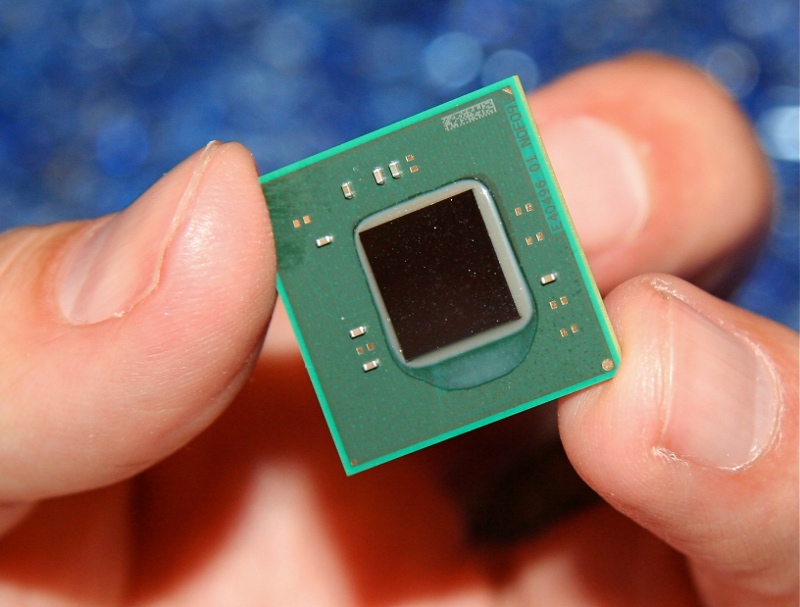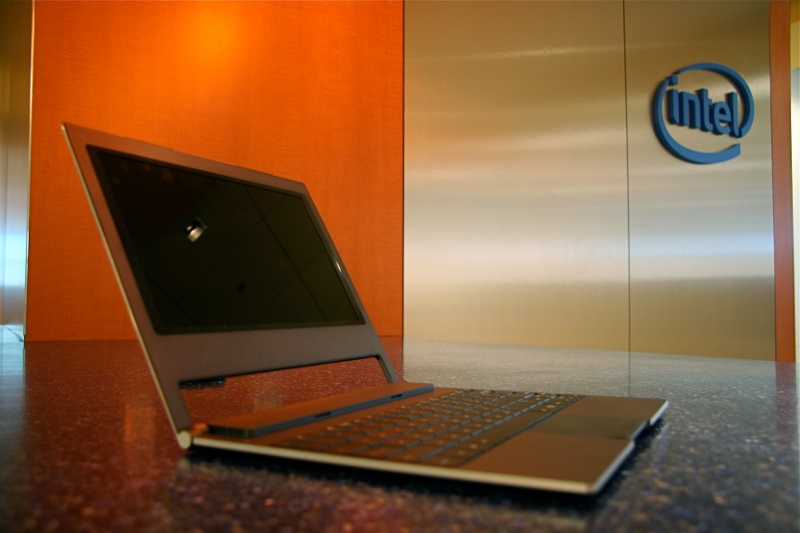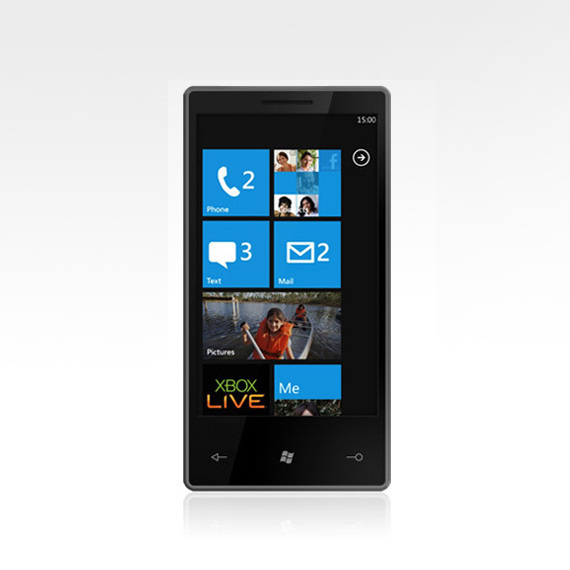Different model on display at Computex 2010
Though it took it many months to actually manage to bring the first desktop Fermi GPUs to market, NVIDIA at least seems to have been much more efficient when it came to the mobile segment. The GeForce GTX 480M was made public last month and had some very peculiar clock speeds for a part claiming to be the fastest notebook GPU. Additionally, the heat generation and power draw still remained on the high side.
There's no doubt that at least some end-users second-guessed whether capabilities of this component offset the battery life and cooling disadvantages, but a certain device on display at Computex aims to offer assurance. Back in May, NVIDIA did say Clevo would be among the first to adopt the mobile GPU and, sure enough, a machine is already showing its worth in Taipei. The full spec sheet is not known yet, but there was mention of the screen size of 17 inches and the 2.93GHz Core i7-940. HotHardware reports that the discrete graphics card actually dominated in 3DMark Vantage.
There is no knowing exactly when this Clevo 17-incher debuts but, in the meantime, a certain other PC Supplier by the name of Sager has already set up the NP9285 mobile Gaming rig for pre-order. Specs are somewhat similar to those of Clevo's unit, with a choice between multiple Intel Core i7 CPUs, up to 12GB of triple-channel DDR3 memory, up to three hard disk drives and a DVD/Blu-ray unit. There is also 802.11A/B/G/N Wireless, Bluetooth 2.1 and a Li-ION 12-cell battery.
Unfortunately, there is no information, at this time, on how long one can expect such a laptop to last on a single battery charge, especially knowing how power-hungry the Fermi architecture is. Nevertheless, those that want a GTX 480M, for whatever reasons, can check out the product page on Sager's website, by following this link now.
Though it took it many months to actually manage to bring the first desktop Fermi GPUs to market, NVIDIA at least seems to have been much more efficient when it came to the mobile segment. The GeForce GTX 480M was made public last month and had some very peculiar clock speeds for a part claiming to be the fastest notebook GPU. Additionally, the heat generation and power draw still remained on the high side.
There's no doubt that at least some end-users second-guessed whether capabilities of this component offset the battery life and cooling disadvantages, but a certain device on display at Computex aims to offer assurance. Back in May, NVIDIA did say Clevo would be among the first to adopt the mobile GPU and, sure enough, a machine is already showing its worth in Taipei. The full spec sheet is not known yet, but there was mention of the screen size of 17 inches and the 2.93GHz Core i7-940. HotHardware reports that the discrete graphics card actually dominated in 3DMark Vantage.
There is no knowing exactly when this Clevo 17-incher debuts but, in the meantime, a certain other PC Supplier by the name of Sager has already set up the NP9285 mobile Gaming rig for pre-order. Specs are somewhat similar to those of Clevo's unit, with a choice between multiple Intel Core i7 CPUs, up to 12GB of triple-channel DDR3 memory, up to three hard disk drives and a DVD/Blu-ray unit. There is also 802.11A/B/G/N Wireless, Bluetooth 2.1 and a Li-ION 12-cell battery.
Unfortunately, there is no information, at this time, on how long one can expect such a laptop to last on a single battery charge, especially knowing how power-hungry the Fermi architecture is. Nevertheless, those that want a GTX 480M, for whatever reasons, can check out the product page on Sager's website, by following this link now.




